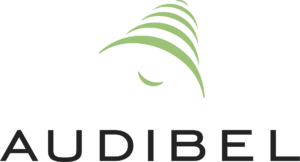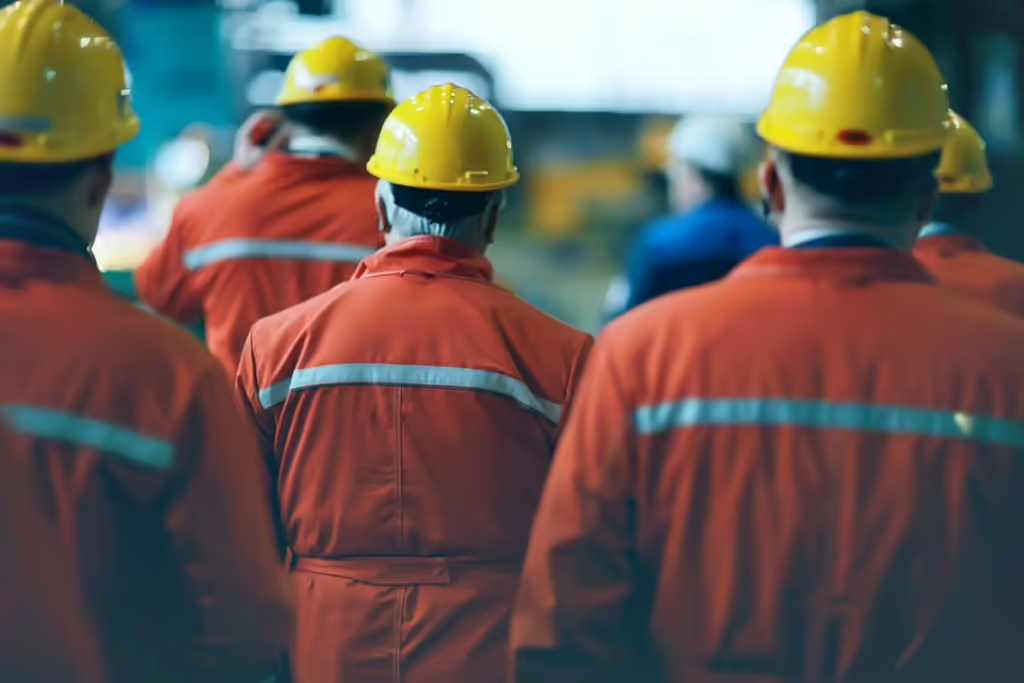Did you know that 1 in 4 workers exposed to occupational noise have difficulty hearing? When you hear someone talk about noise-induced hearing loss (NIHL) you probably assume they mean exposure to loud noises at concerts, firework shows, the gun range, or hunting. You probably don’t associate NIHL with the workplace. Unfortunately, NIHL is much more common than you think, and it’s actually one of the most prevalent workplace injuries.1
Today, let’s discuss the dangers of NIHL in the workplace and ways to recognize if your workplace exposes you to harmful noise levels.
What studies say about NIHL and the workplace
In 2007, the National Institute for Occupational Safety and Health (NIOSH) analyzed data from the 2007 National Health Interview Survey (NHIS) to review the prevalence of hearing loss and tinnitus in US workers.2 They compared data from both individuals exposed to high levels of occupational noise and individuals who were not exposed. The results?
“Seven percent of US workers never exposed to occupational noise had hearing difficulty, 5% had tinnitus and 2% had both conditions. However, among workers who had ever been exposed to occupational noise, the prevalence was 23%, 15%, and 9%, respectively.”
And as for the study’s conclusion? The higher the noise levels, the greater the impact on hearing.
The dangers of NIHL and occupational hearing loss
According to a 2018 study, an estimated 22 million workers are exposed to dangerous noise levels at work every year.3 And unfortunately, occupational hearing loss is not only one of the most prevalent job-related illnesses, but it is also permanent. As with all types of hearing loss, once you lose it, it’s gone forever without interventions like hearing aids. Therefore, it’s crucial to be aware of noise levels while at work and recognize what constitutes unsafe noise levels.
How to recognize dangerous or harmful noise levels at your place of work
The Occupational Safety and Health Administration (OSHA) website provides some very handy guides for recognizing harmful noise levels.4 Chief among these include:
- Hearing a humming or ringing in your ears after work
- Needing to shout to be heard by a coworker an arm’s length away
- Experiencing temporary hearing loss after work
If you do experience any of these conditions, your workplace may be exposing you to unsafe noise levels (greater than 85dB). If you want more clarity, the NIOSH has a smartphone app called Sound Level Meter available for iOS devices. With the app, you can measure sound levels in the workplace.
And lastly, OSHA regulations stipulate that any workplace that exposes employees to noise levels at or greater than 85dB for over 8 working hours (or an 8-hour time-weighted average) MUST implement a hearing conservation program. But what is a hearing conservation program? Per OSHA:
“Hearing conservation programs strive to prevent initial occupational hearing loss, preserve and protect remaining hearing, and equip workers with the knowledge and hearing protection devices necessary to safeguard themselves.”
You can learn more about hearing conservation programs on the OSHA website.
Get Tested for NIHL at Audibel Hearing of Westmont and La Grange Today
If you suspect you may have been exposed to harmful noise levels while at work, and are concerned you may have NIHL, there is still hope! Reach out to a hearing specialist at Audibel Hearing of Westmont and La Grange. Not only can we professionally diagnose any present hearing loss, but we can also prescribe a treatment plan to help you get back to hearing your best.
Ready to take your hearing health seriously? Schedule an appointment today.
Not sure whether you have hearing loss? We have a test for that! Try our FREE online hearing test.
- National Institute for Occupational Safety and Health (NIOSH). About Occupational Hearing Loss. https://www.cdc.gov/niosh/noise/about/index.html
- Elizabeth A. Masterson PhD, CPH, COHC, Christa L. Themann MA, CCC-A, Sara E. Luckhaupt MD, MPH, Jia Li MS, Geoffrey M. Calvert MD, MPH. Hearing Difficulty and Tinnitus Among U.S. Workers and Non-workers in 2007. https://onlinelibrary.wiley.com/doi/abs/10.1002/ajim.22565
- Ellen Kerns, Elizabeth A Masterson, Christa L Themann, Geoffrey M Calvert. Cardiovascular Conditions, Hearing Difficulty, and Occupational Noise Exposure Within US Industries and Occupations. https://pubmed.ncbi.nlm.nih.gov/29537072/
- Occupational Safety and Health Administration. Occupational Noise Exposure. https://www.osha.gov/noise

